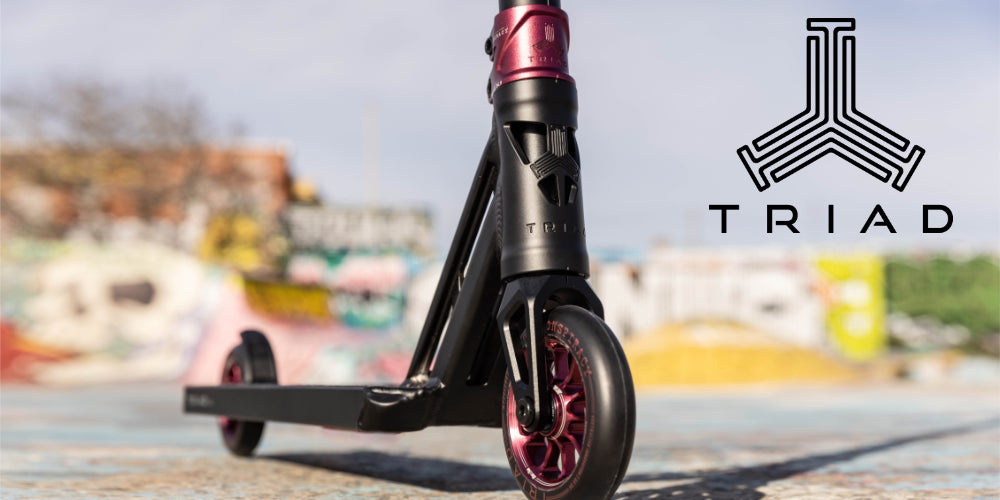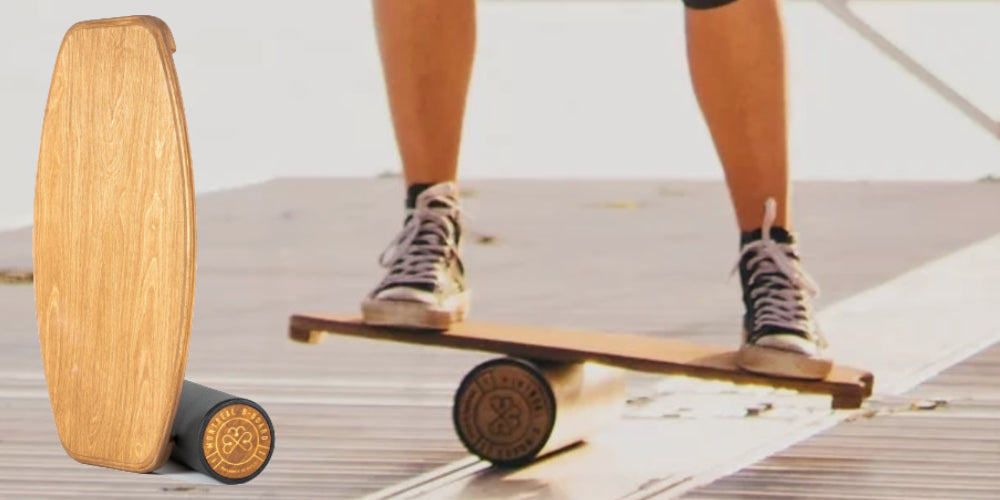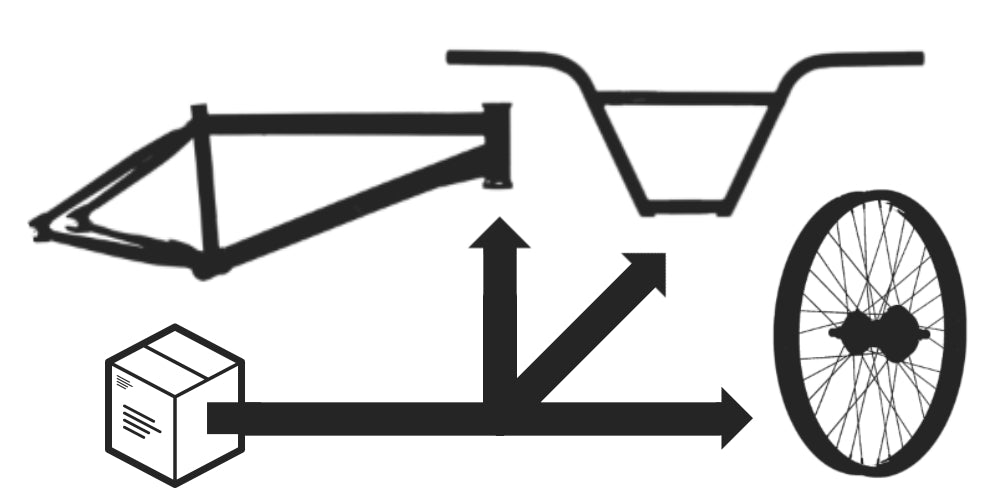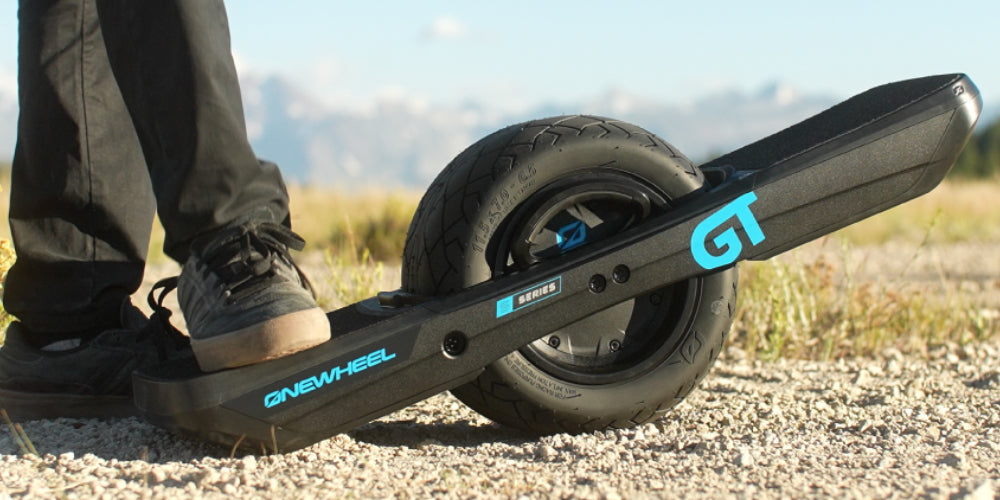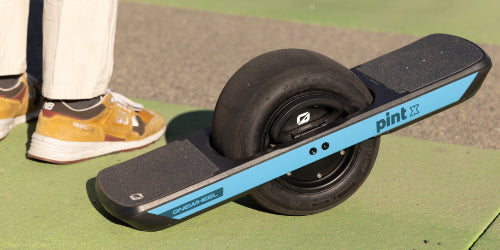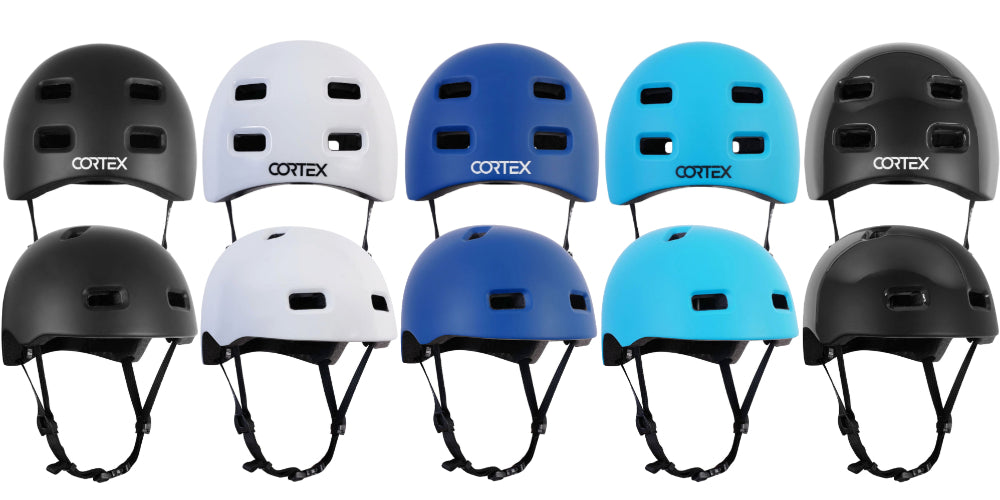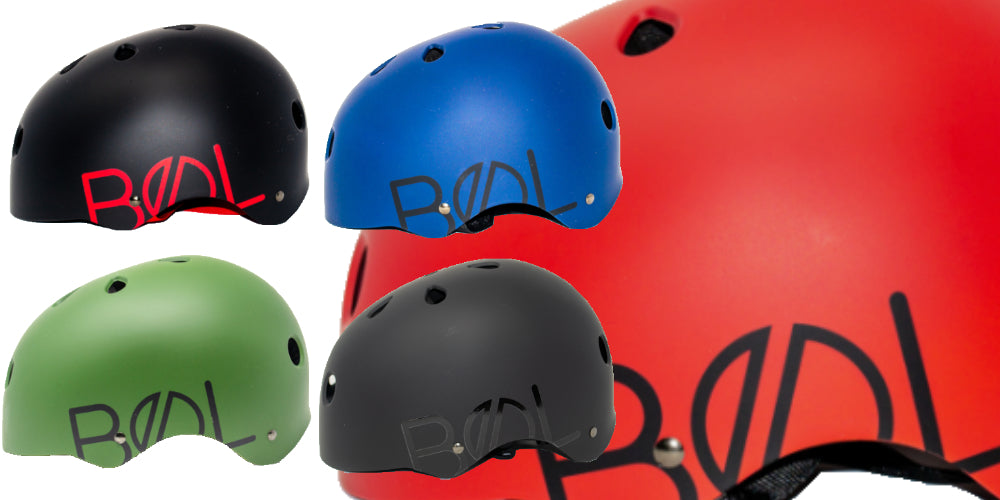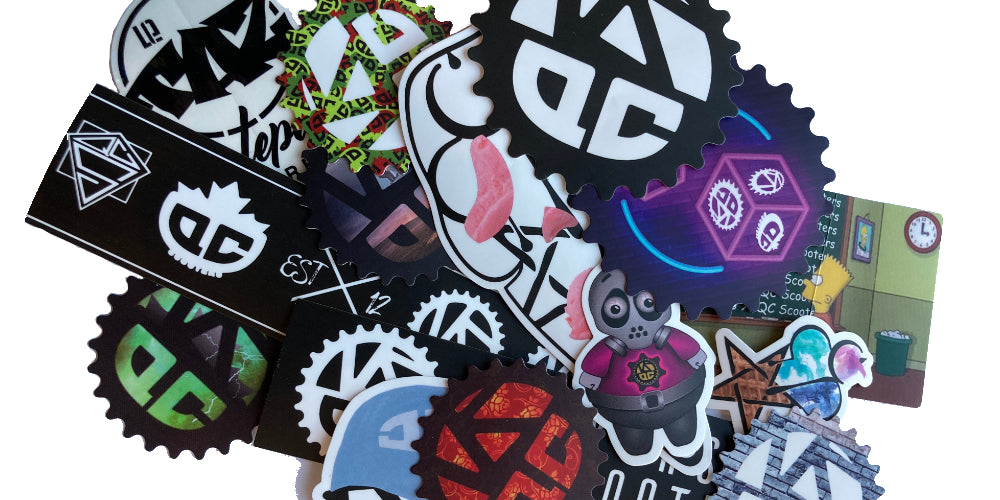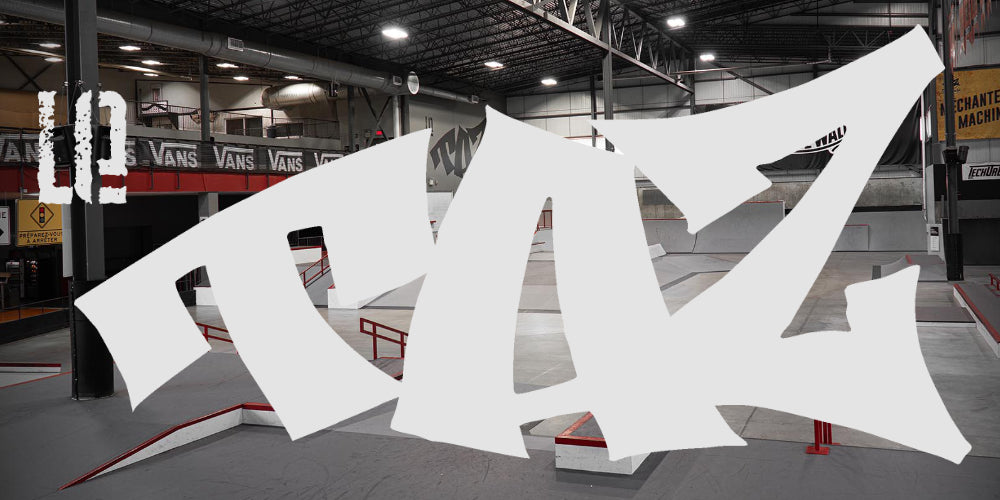Buyer Guide For Scooter Bars
A scooter bar is one of the parts that can drastically change the feeling of a scooter. Before choosing one, we suggest you reflect on what would be the best option for your style of riding.
Shapes
We generally separate the scooter bars in 2 big families: T-Bars and Y-Bars. Although there can be other shapes, it is simpler to set them apart like this.
T-Bars
The name says it all, it’s a full T-shape bar. This includes T-Bars that come with reinforcement on the T junction as the feeling stays the same.
The T-bar is a classic street bar, although nothing stops you from riding a light one on a park scooter.
There’s no backsweep and no upsweep to those bars.
Y-Bars
These usually have a Y style shape. That said, we include any bar that is not 100% a T shape to simplify the differentiation.
Technically speaking, adding a curve near the junction of the 2 tubes spreads the stress along it. This generally results in a stronger set-up. Also, those kinds of shapes are subject to have reinforcements at the junction.
This shape also allows for backsweep and upsweep. Something we see more commonly on bicycles.
Backsweep: Back angle given to a bar
Upsweep: Up angle given to a bar
Size
There’s no good or bad size for a scooter bar. We will usually aim around the belt, but multiple reasons can change that. It is ultimately up to each rider.
. Park riders tend to want a smaller bar as it is easier to manipulate and results in a lighter setup
. Street riders tend to want it higher to have a more stable set-up and fit the bigger decks. These setups are more stable and help with balance maneuvers
. When choosing a bar for a younger rider, we want to go as tall as he feels comfortable with to maximise the time he can ride it.
It is possible to cut bars to the desired size for both width and length. Butted bars have a limit for certain cuts as they have different thickness of tubing. Always confirm with us before cutting!
Tubing Sizes
In the scooter world, we categorise the bars as «standard» or «oversized» based on the outer diameter. For compatibility reasons, we should also differentiate the inside diameter..
Outside standard: 31.8mm Inside standard: 28mm
Outside oversized: 34.9mm Inside oversized: 32mm……
You need to be sure, when choosing a bar, that the inside diameter fits on your fork and that the outside diameter fit on your clamp.
***Special notice*** Certain bars come with a standard outer diameter & an inside diameter that is not compatible with any compression that requires a slit. These bars can only be used in SCS Clamps.
Materials
Chromoly steel / steel
They’re the strongest and heaviest materials for a scooter bar. They use a standard thickness of tubing, which means a standard size will have a standard inside/outside diameter and same for an oversized.
Scooter companies are starting to use butted technologie on Chromoly bars. It uses different thicknesses of tubing where possible to lighten up the bars. All of this without compromising the strength and at minimal cost! Look out for those bars as it offers, in our opinion, the best money/weight/strength ratio.
To learn more about butted bars, check out our blog post on those here!
Aluminum
An aluminium bar is the easiest way to lighten your set-up as it is not too expensive and super lightweight. The material is not as strong as chromoly or titanium and to compensate for that, it needs to have a thicker tubing. That means it will have a standard inside diameter and an oversized outside diameter. There’re still some exceptions to this rule so be sure to check for the right one for you.
Titanium
It’s the best of both worlds. The strength of steel with the lightweight of aluminum, but it comes at a price! Those are going to be the most expensive bars out there and will use the same sizing as Steel. Either Standard inside and outside or Oversized inside and outside for the diameters.
Compatibility
IHC: Standard inside diameter needed with a slit
Standard Chromoly / Steel / Titanium
Oversized Aluminum
HIC: Oversized inse diameter needed with a slit
Oversized Chromoly / Steel / Titanium
SCS: Clamps over the bar. So no slit or with SCS plug to nullify
Standard Chromoly / Steel / Titanium / Aluminum
Oversized Chromoly / Steel / Titanium / Aluminium
ICS: Standard inside diameter with a starnut in the bar
Standard Chromoly / Steel / Titanium
Oversized Aluminium

